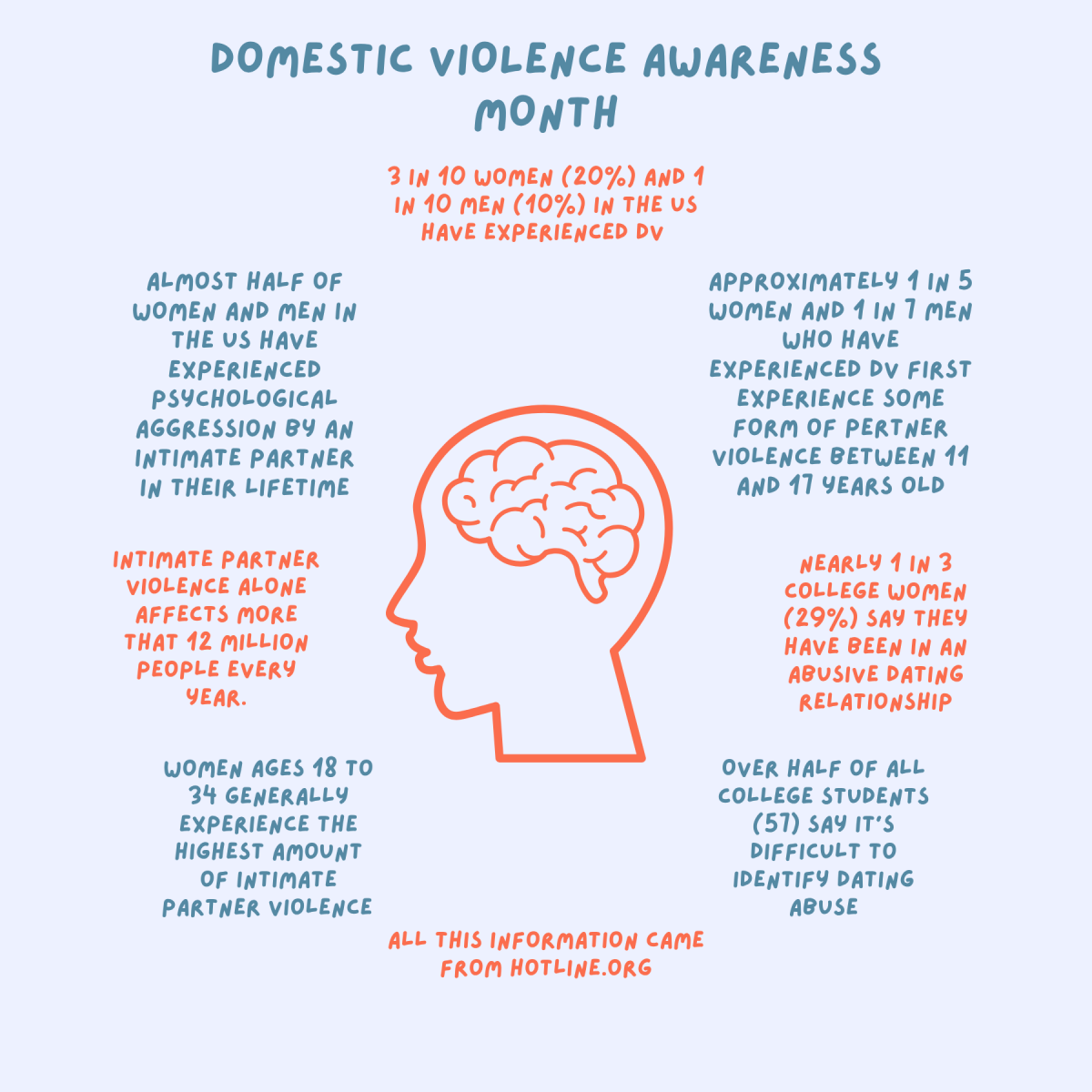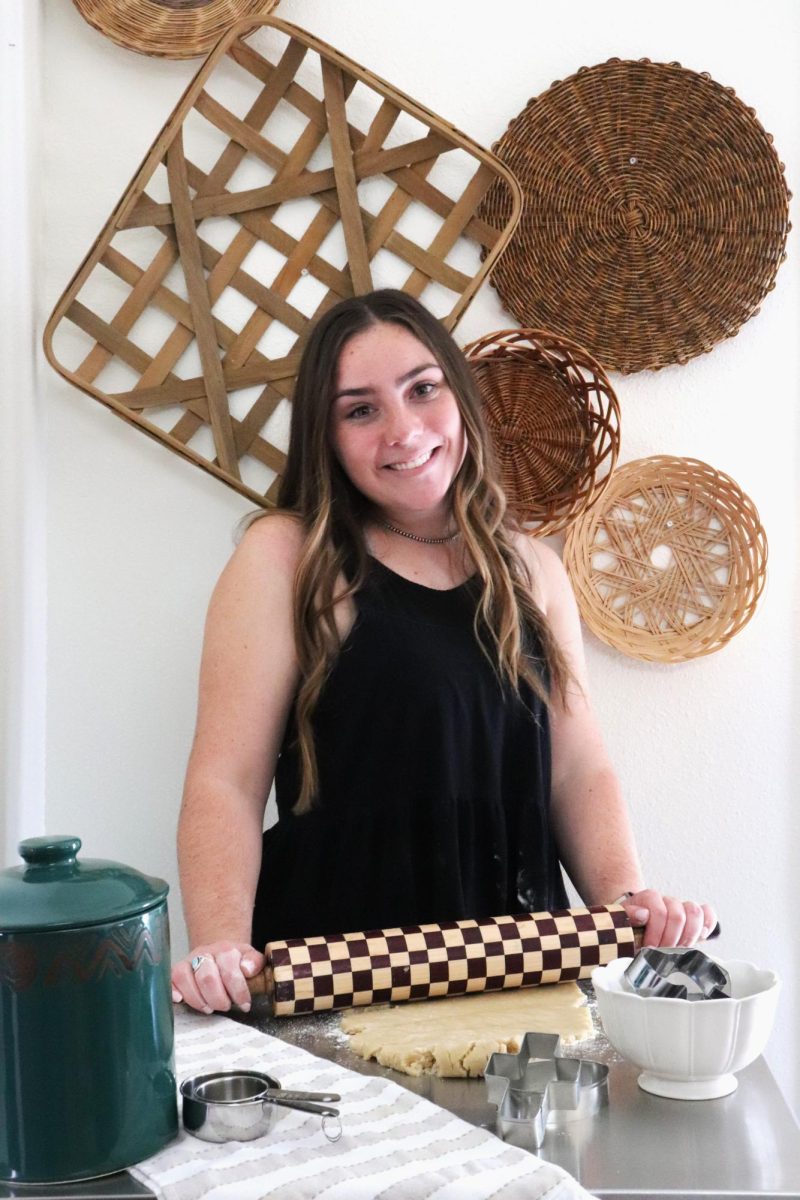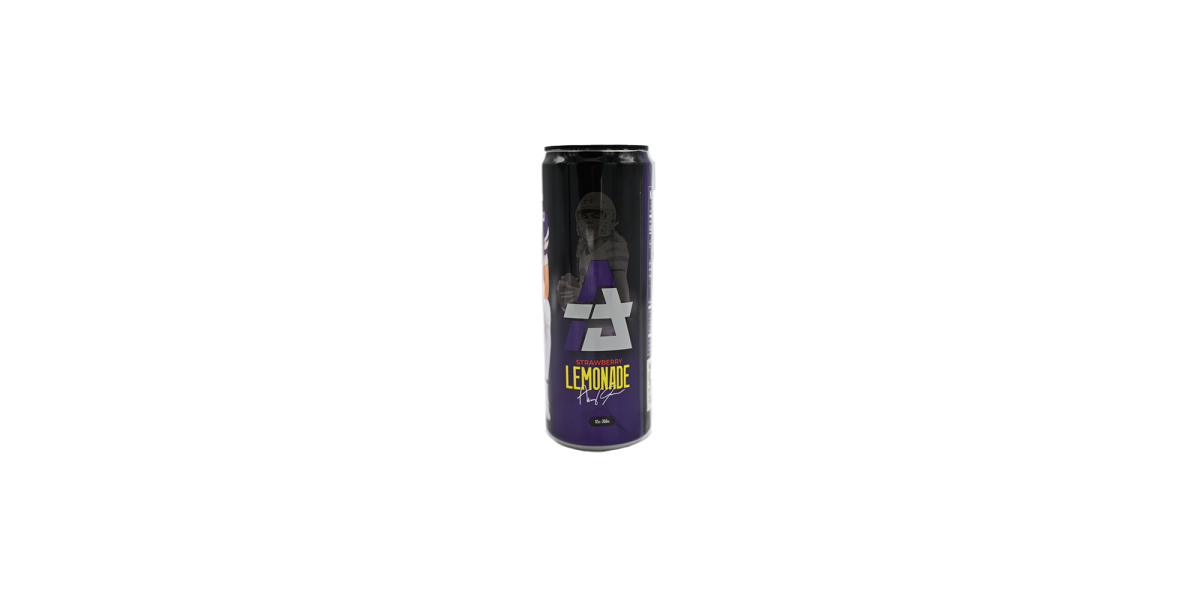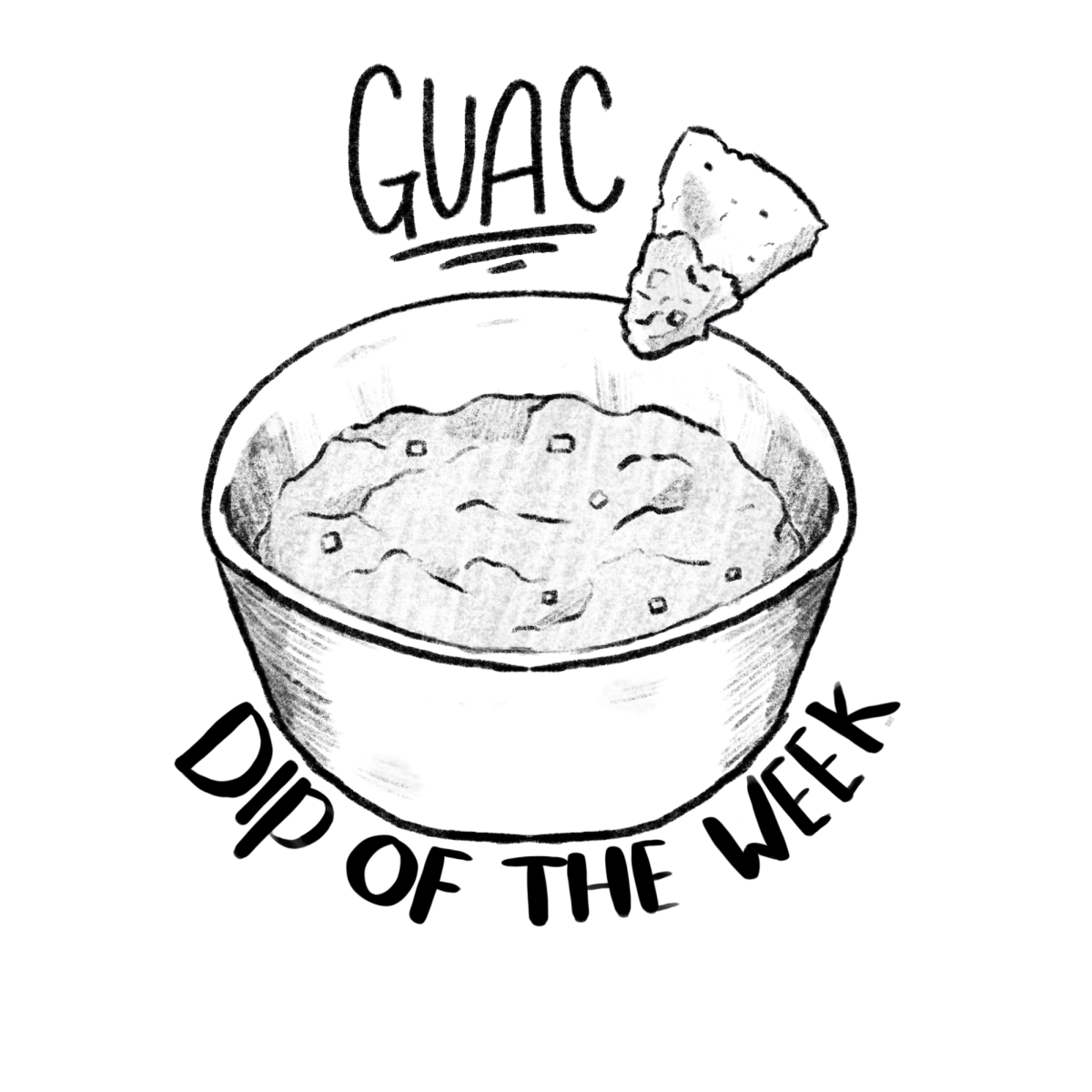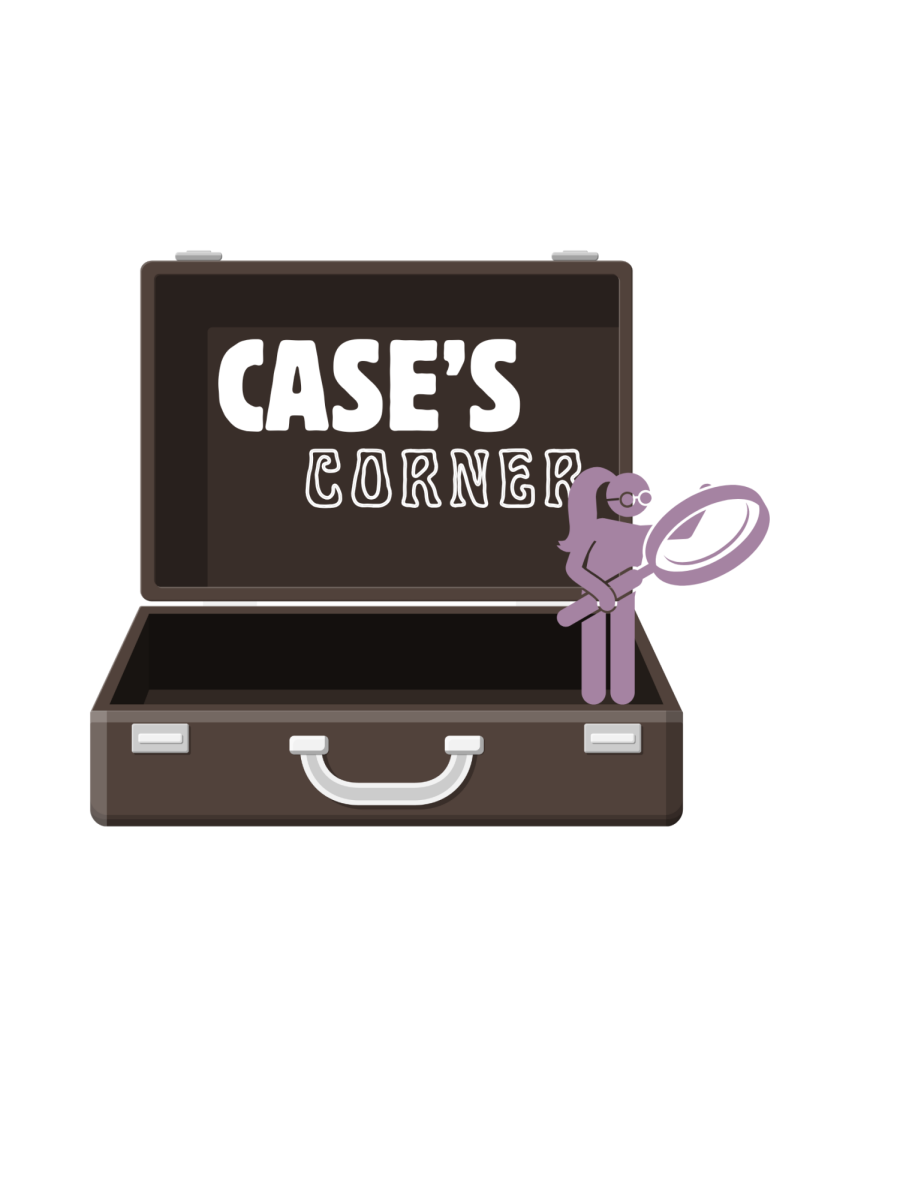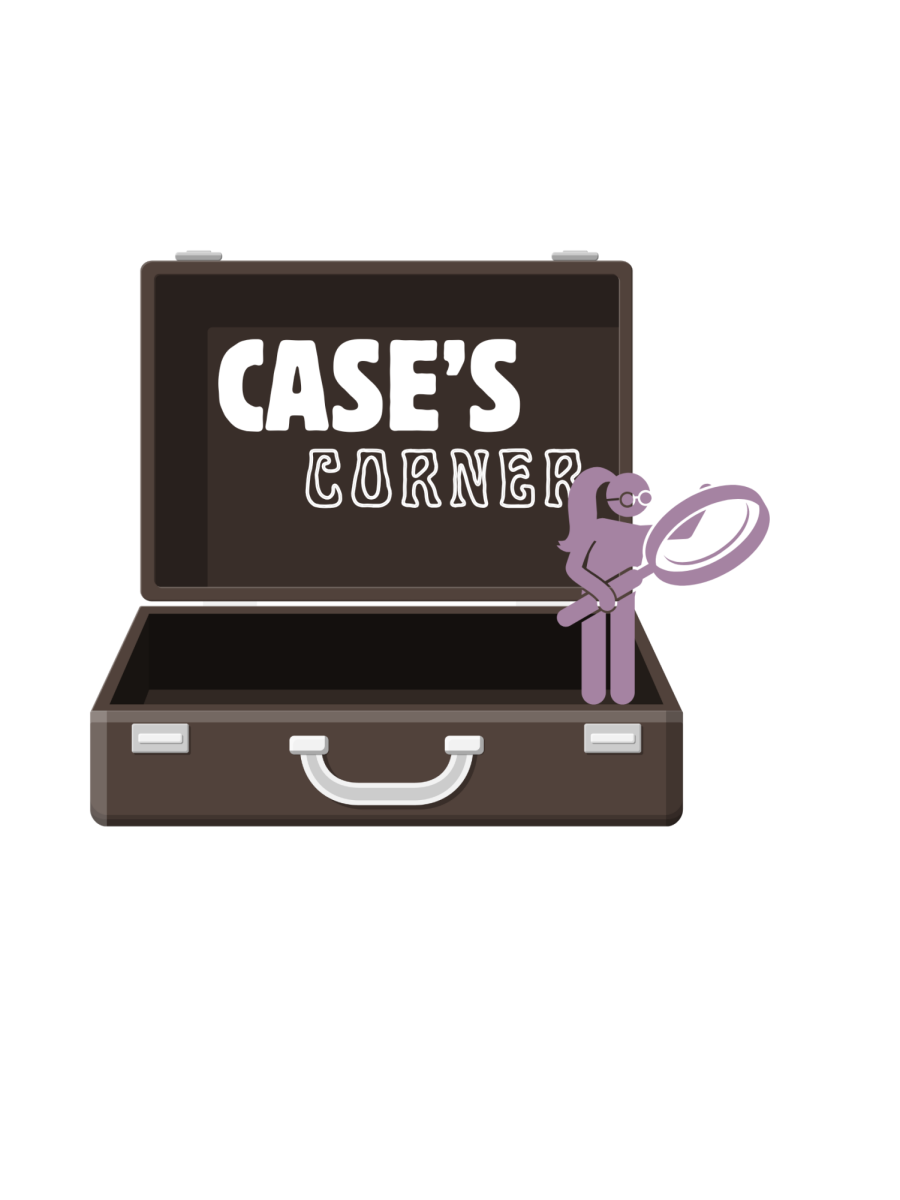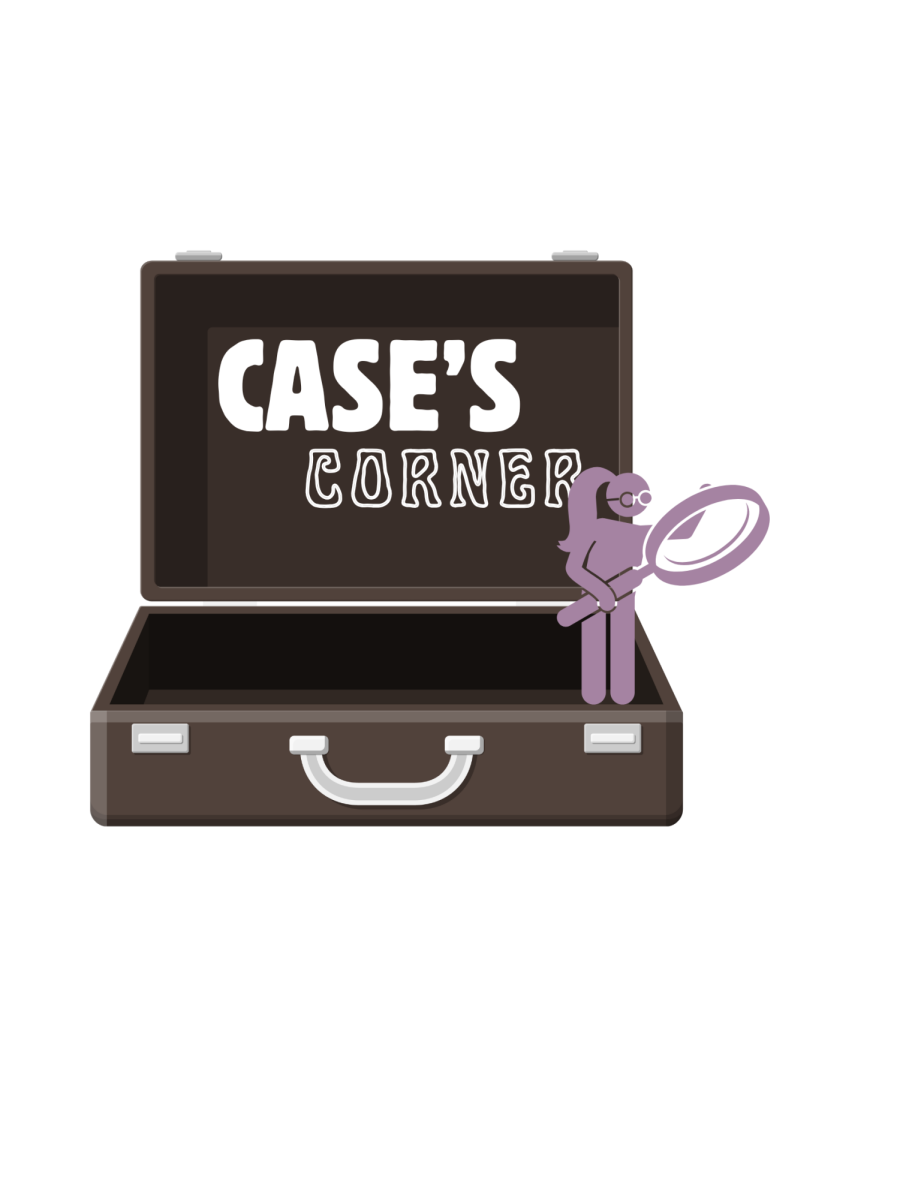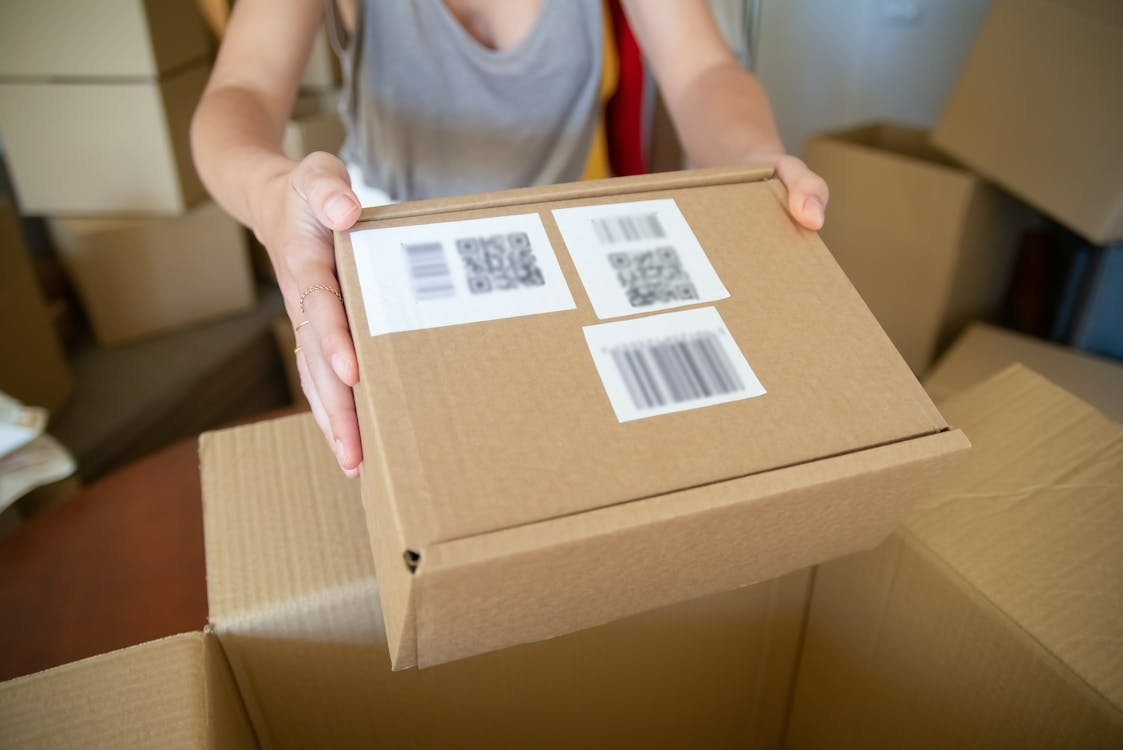Dysphagia can have major impacts on people’s daily lives. It certainly affects mealtime, making experiences that were once relaxed and enjoyable much more stressful and even a bit frightening. Of course, many people don’t realize just how much their lives revolve around food in one way or another until they start dealing with swallowing difficulties. At that point, it become clear that many of their daily routines are affected by food in one way or another from having a hearty breakfast before starting the day to grabbing a quick lunch while working and enjoying dinner with their families. Dysphagia can even make social situations more difficult since many of them involve food.
Learning to live with dysphagia can seem overwhelming at first. With food being such an integral part of our lives, coping with the condition requires major changes in our meals, routines, and approaches to mealtime. With the right strategies, though, it can be much simpler. In time, these solutions will become as much a part of your everyday life as foods and beverages ever were.
Use Thickening Agents to Make Drinking Safer
One of the simplest and most effective solutions for dealing with the effects of dysphagia is to use thickening agents like SimplyThick. Thin liquids can be particularly challenging because they’re more difficult to control in the mouth. They can easily slip into the esophagus and enter your airway. That increases your risks of choking, developing aspiration pneumonia, and having other problems. Thickening agents make drinks easier to control and safer.
Modify the Textures of Foods
Another way to cope with dysphagia is to modify the textures of your foods. Dry, sticky, and hard foods can cause major problems for people who are living with dysphagia. Those with mixed textures can be difficult to control as well. Your choices in foods and how you prepare them can make a significant difference.
Choose soft, moist foods with uniform consistencies. Mashed potatoes, custards, soft-cooked vegetables, pastas, and mashed potatoes are great choices. Foods can also be blended or pureed to change their textures and make them easier to manage. Gravies and sauces can be used to moisten dry foods, and they can be blended with foods that are hard to swallow on their own to make them easier to deal with.
Make Meal Planning an Adventure
There’s a good chance that your everyday routine before being diagnosed with dysphagia involved planning meals. That doesn’t need to change. In fact, it’s more important now than ever. Use this opportunity to explore new foods and try new recipes. Several cookbooks and websites are dedicated to dysphagia-friendly meals at this point. They offer advice on adding more flavor to foods and using a variety of cooking techniques to make certain foods easier to swallow. There’s plenty of room for creativity as you’re branching out too.
Overcoming the Challenges of Dysphagia
Food is a major part of our lives. Living with dysphagia can alter the way you look at mealtime and affect your ability to enjoy foods and drinks. Though it brings about major changes, there are numerous ways to cope with the condition and minimize its impacts on your life. Choose foods that are soft, moist, and consistent in texture. Use thickening agents to make drinks safer and easier to control. Don’t be afraid to branch out with your food choices, ingredients, and preparation techniques. Those measures can help make dealing with dysphagia much more manageable.





